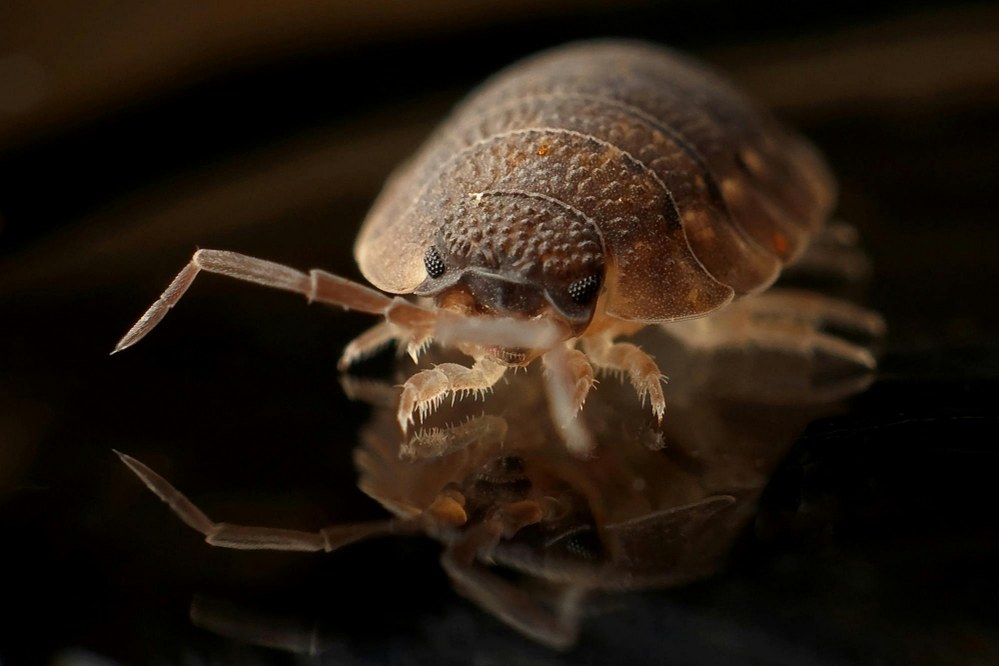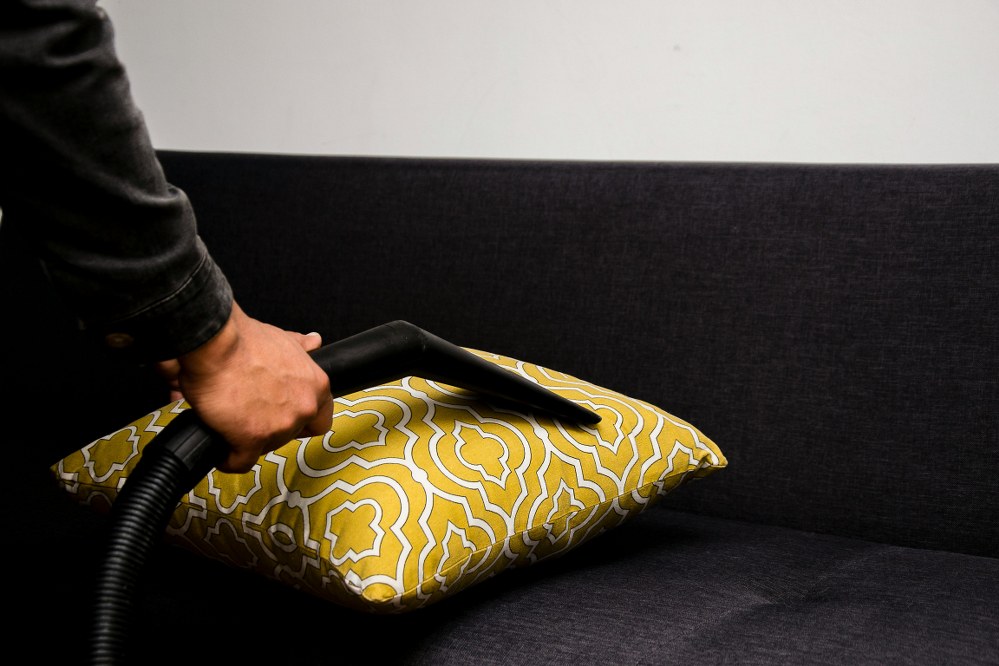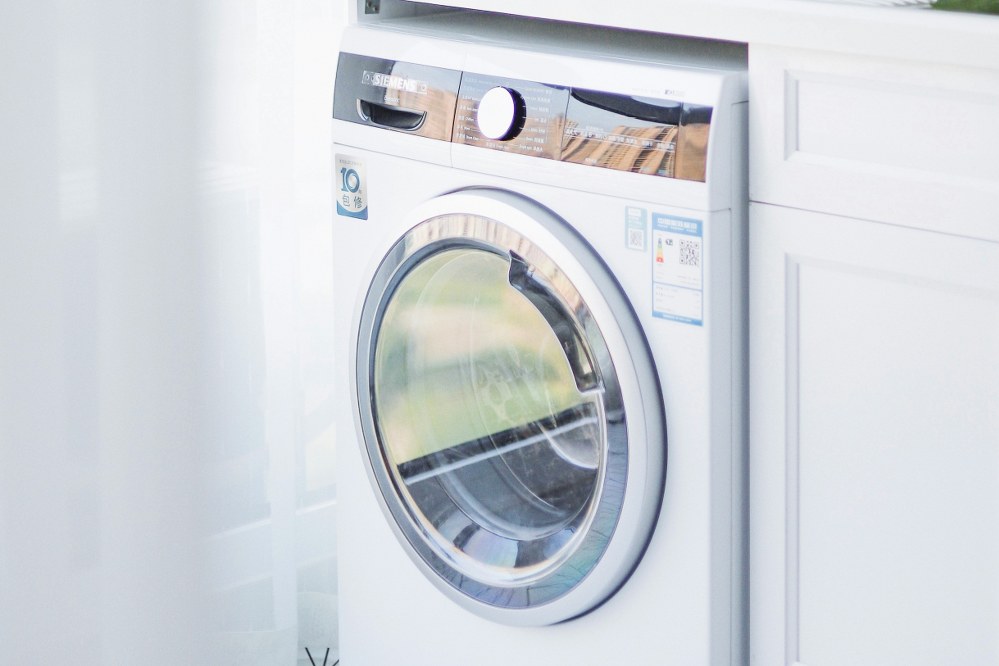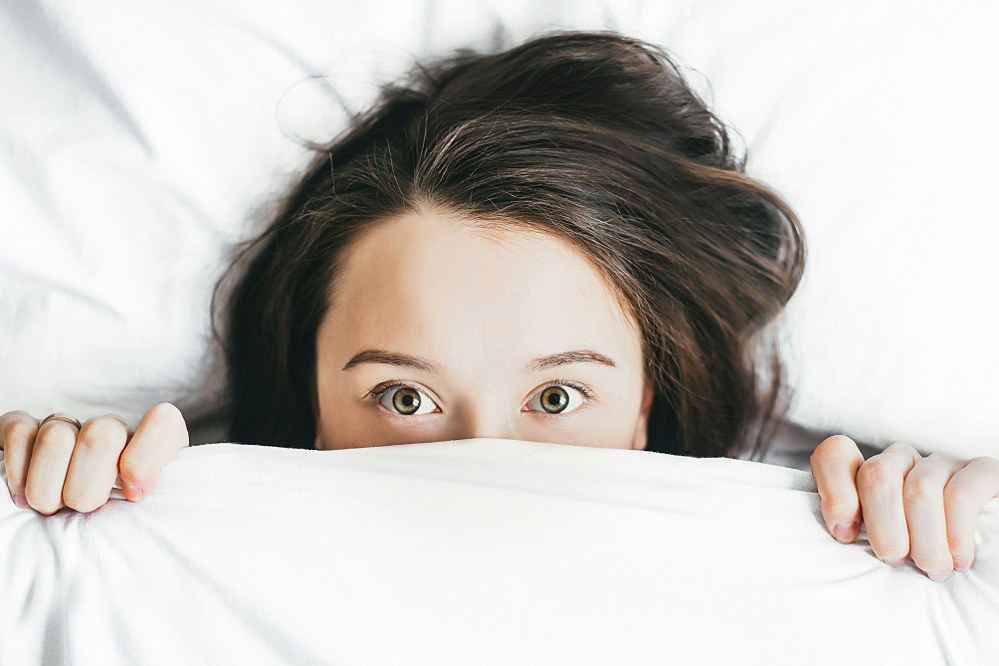In an era where travel has become second nature for many families and solo travellers, the unseen companions of our journeys — bed bugs and other pests — pose a silent threat to our comfort and health. These unwelcome hitchhikers, adept at concealing themselves in the nooks of our luggage and the folds of our accommodations, can transform a dream holiday into a distressing ordeal. Prevention, armed with knowledge and vigilance, becomes our most reliable ally against these pervasive pests.
By understanding their habits and habitats, single parent and solo travellers can fortify their defences, ensuring that their stories of adventure remain untainted by the nuisance of itchy souvenirs.
Bed Bugs: A Hidden Menace
Travelling as a single parent enriches our lives and that of our children, offering new experiences and memories. However, an unseen danger lurks in the shadows of these adventures: bed bugs. These persistent pests have made a dramatic resurgence worldwide, thanks in part to increased travel and resistance to traditional pesticides. Understanding bed bugs — their behaviour, spread, and prevention — is crucial for travellers aiming to protect themselves.
The Nature of Bed Bugs
Bed bugs are small, elusive insects that feed on human blood, usually at night. Their size and nocturnal habits make them particularly challenging to spot. They are not a result of poor hygiene but are instead opportunistic travellers that can infest any environment, from luxury hotels to public transportation.
Despite their preference for blood, these uninvited visitors are not known to transmit diseases. Their bites can cause discomfort, allergic reactions, and stress. The key to combating bed bugs is knowledge and prevention.
How Bed Bugs Spread
Bed bugs are master hitchhikers. They spread primarily by latching onto luggage, clothing, and other personal items. This mode of travel allows them to move quickly from place to place, infesting new areas as they go. Contrary to popular belief, bed bugs are not just found in beds – they can inhabit any space where people spend extended periods of time, including airplanes, buses, and movie theatres.
The global nature of bed bug spread underscores the importance of vigilance for travellers. Regular inspections of luggage and accommodations, as well as mindful behaviour, can significantly reduce the risk of unwittingly transporting these pests.
Prevention: The Best Defence
Understanding that bed bugs can latch onto almost anything makes prevention a critical aspect of travel. Vigilance begins with the choices we make about where and how we store our belongings. Here are key prevention strategies to incorporate into your travel routine:
- Luggage Handling and Accommodation Inspection: Always inspect your accommodation for signs of bed bugs upon arrival. This includes checking the mattress seams, bed frames, and headboards for live insects, eggs, or tell tale brownish or reddish spots. Elevate your luggage on a suitcase stand away from the bed and walls and consider using protective covers designed to keep pests out.
- Personal Items and Clothing: Be cautious with second-hand purchases, especially furniture, which can harbour bed bugs and other pests. When returning home, immediately launder all clothing in hot water and dry on a high heat setting to kill any potential bed bugs. For items that cannot be washed, a stint in the dryer at a high temperature or a sealed plastic bag for a few weeks can be effective.
- Professional Help: At the first sign of the annoying little creatures in your home, it’s advisable to seek professional pest control services. Early intervention can prevent a small infestation from becoming a larger problem.
Implementing these strategies can significantly reduce the risk of bed bug encounters, allowing you to focus on the joys of travelling as a single parent or solo traveller rather than its pitfalls.
Comprehensive Guide to Vacuuming Away Bed Bugs
Eliminating bed bugs requires a comprehensive approach that combines immediate physical removal with long-term prevention strategies.
Vacuuming plays a crucial role in this process, not just for immediate relief but as part of an integrated pest management plan.
Choosing the Right Vacuum Cleaner
When selecting a vacuum cleaner specifically for bed bugs, certain features enhance its effectiveness:
- HEPA Filter: A vacuum equipped with a HEPA filter ensures that even the smallest particles, such as insects barely visible to the naked eye and their eggs, are captured and prevented from re-entering your living space. This feature is vital when dealing with bed bugs to prevent further spread through airborne particles.
- Attachments for Tight Areas: A crevice tool attachment is invaluable for vacuuming bed bugs. Its design allows it to reach into the narrow spaces where the insects are likely to hide, such as mattress seams, baseboards, and furniture crevices. The crevice tool’s design maximizes suction power and can effectively crush and remove bed bugs and their eggs from tight spaces.
- Suction Power: The effectiveness of a vacuum against bed bugs significantly depends on its suction power. Canister vacuums are recommended for their powerful suction capabilities, which are crucial for pulling the little bugs out of their hiding places. The inclusion of compressed air in some models can further aid by forcing bed bugs out before suctioning them.

Implementing Vacuuming in Bed Bug Control
Vacuuming can drastically reduce the bed bug population in your home by physically removing visible bugs, nymphs, and potentially eggs from surfaces. However, it should be noted that vacuuming alone may not kill bed bugs; it’s more about removal from the environment. After vacuuming, it’s critical to properly seal and dispose of the vacuum bag outside to prevent reinfestation.
Regular and thorough vacuuming can significantly contribute to controlling and reducing bed bug populations when combined with other treatment methods.
Complementary Strategies
While vacuuming is effective for reducing bed bug populations, it should be part of a broader approach:
- Heat Treatment: Utilizing heat is a potent method against bed bugs. Professional heat treatments can envelop an entire space, ensuring that bed bugs at all life stages are eradicated. During the bed bug heat treatment, specialised convection heaters increase the room temperature to the exact level and for the correct time period needed to eradicate the pest. For DIY methods, items can be placed in black plastic bags and left in a hot car or a clothes dryer on high heat.
- Cold Treatment: Freezing items at 0°F for at least three days can also kill bed bugs. However, this method requires a freezer capable of reaching and maintaining this temperature.
- Steam Cleaning: Steam cleaners can penetrate fabrics and crevices, delivering heat treatment directly to bed bug-infested areas. The steam temperature must be at least 130°F to be effective, and care should be taken to avoid scattering the bugs.

Key Takeaway
In our interconnected world, vigilance against bed bugs and other pests during travels is paramount. Equipping ourselves with knowledge on their habits and adopting preventive measures can significantly mitigate the risk of these unwanted hitchhikers.
Vacuuming emerges as a powerful ally in the fight against bed bugs, with the right equipment—featuring HEPA filters, tight-area attachments, and robust suction power—playing a crucial role in their eradication. Coupled with heat treatments, cold strategies, and steam cleaning, vacuuming forms an integral part of a comprehensive pest control strategy.
The key to pest-free travels lies in preparation, awareness, and prompt action, ensuring that our adventures are remembered for joy, not nuisances.



